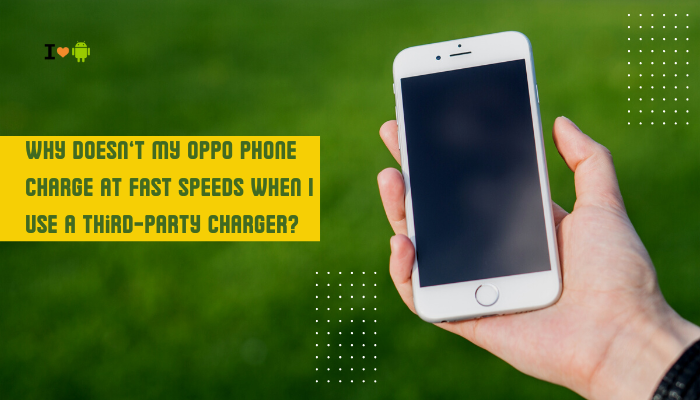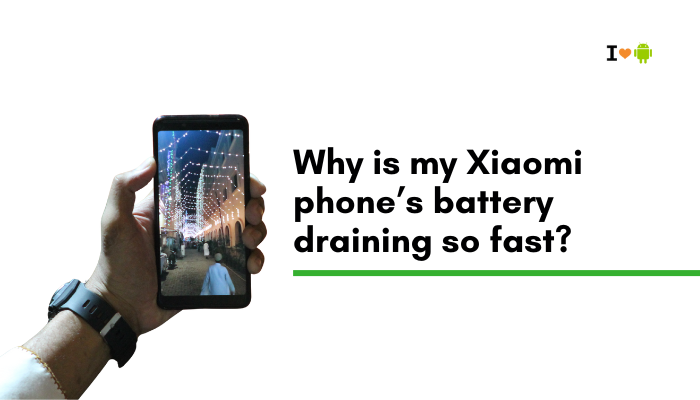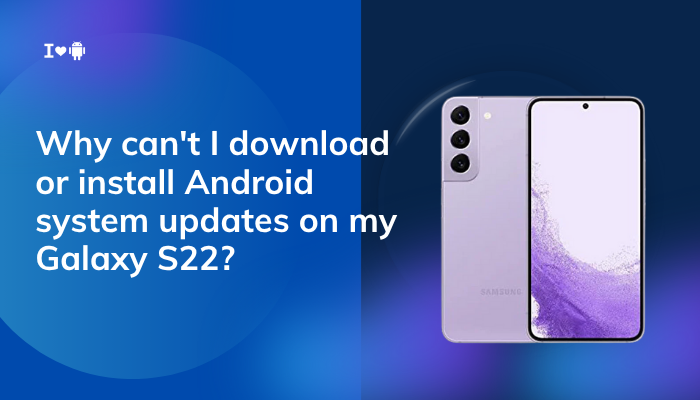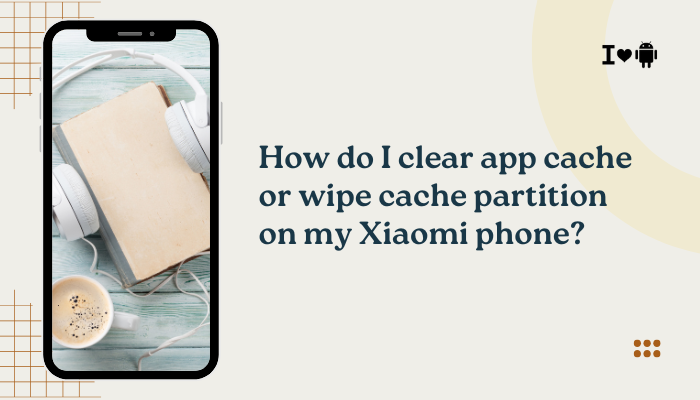Introduction
Oppo’s proprietary fast-charge technologies—VOOC, SuperVOOC, and Warp Charge—can replenish a drained battery in under an hour. Yet when you plug your Oppo or Realme phone into a third-party charger or generic USB-C adapter, you may find charging painfully slow or limited to basic 5–10 W rates.
This guide explores ten key reasons why true fast-charging only works with official hardware and what you can do to maximize charging speed—even when a non-Oppo charger is all you have on hand.

Proprietary Charging Protocols
Why It Matters
Oppo’s fast-charge systems use custom voltage/current profiles and encryption handshakes between the charger and phone. Generic chargers speak standard USB Power Delivery (PD) or QC protocols, which Oppo devices may not fully support.
Fix
- Use PD-Compatible Chargers: If your Oppo model supports standard USB PD (e.g., some Reno series), choose a PD 3.0 charger that matches the phone’s maximum wattage (e.g., 30 W PD for Reno 5).
- Seek Official or Licensed Alternatives: Purchase third-party chargers licensed for VOOC/Warp (look for “Supports VOOC” on packaging). Brands like Anker or Aukey sometimes offer licensed VOOC-certified blocks.
Cable Gauge and Pin Configuration
Why It Matters
Fast charging demands thick power wires (typically 22 AWG) and specific pin wiring. Thin, long, or data-only cables only carry 1–2 A at 5 V, capping speeds at 10 W or less.
Fix
- Use Short, Thick Cables: Opt for cables explicitly rated for 5 A or 3 A current. Genuine Oppo USB-C cables are 22 AWG on both power lines.
- Avoid “Charge-Only” Cables: Some cables omit D+ and D– data pins needed for protocol handshakes. Always choose cables marked “fast-charge compatible.”
Firmware and Software Locks
Why It Matters
Oppo’s ColorOS actively checks for a valid VOOC handshake; if the phone detects a non-Oppo charger, it may default to slow trickle-charge for safety and to protect battery health.
Fix
- Update ColorOS: Ensure you’re on the latest stable firmware—sometimes Oppo broadens PD or QC support in updates.
- Enable Third-Party Charging (Advanced): On some rooted devices, community modules can unlock VOOC support for certain cables, but this voids warranty and risks battery integrity.
Charger Output Ratings vs. Actual Capability
Why It Matters
Cheap chargers often overstate their output. A “30 W” charger may only deliver 12 W under load, especially if its voltage drops under current draw.
Fix
- Test with a Power Meter: Use a USB multimeter to read actual voltage and amperage under load.
- Invest in Name-Brand Chargers: Brands with reliable electronics (e.g., RAVPower, Ugreen) more accurately deliver their rated wattage.
Thermal Protection Throttling
Why It Matters
Unsupported chargers can run hotter due to inefficiencies. Opp o phones include thermal sensors that throttle charging current if the phone or charger overheats, reducing speed.
Fix
- Remove Phone Case During Charging: Cases trap heat; charging slows if sensor detects >45 °C.
- Charge in Cool Environment: Avoid direct sunlight or hot rooms to prevent temperature-induced throttling.
Incompatible Fast-Charge Standards
Why It Matters
Your Oppo may support QC 4+, USB PD, or only VOOC. A QC 3.0 charger negotiates at 9 V/2 A (18 W), but Oppo’s VOOC might require 5 V/4 A. Mismatched standards revert to the lowest common denominator.
Fix
- Match Standards: Identify which standard your phone supports:
- VOOC-only (e.g., F-series) → need VOOC charger.
- VOOC + PD (e.g., some Reno) → PD 3.0 charger works at PD-rated wattage.
- Use Multi-Protocol Chargers: Some models (e.g., Baseus GaN chargers) support both PD and VOOC.
USB Port or Cable Wear and Tear
Why It Matters
Worn USB-C connectors or port debris increase resistance, causing voltage drop. The phone limits current to avoid damage when it detects poor contact.
Fix
- Clean the Port: Gently remove lint with compressed air or a plastic pick.
- Inspect and Replace Cables Regularly: Frayed ends or loose connectors need swapping out.
Battery Health and Calibration Issues
Why It Matters
An aged or miscalibrated battery may not accept high current safely. Oppo’s firmware detects battery health and may cap charging speed.
Fix
- Check Battery Health: In Dialer, enter *#*#4636#*#* → Battery health. If capacity is below 80%, consider replacement.
- Calibrate Battery Meter: Discharge to 0% and recharge uninterrupted to 100% to reset software readings.
Background Apps and CPU Load
Why It Matters
Heavy CPU/GPU usage during charging (gaming, video playback) competes with charging current for battery management IC resources, slowing net battery gain.
Fix
- Charge in Airplane Mode: Cuts background tasks and networks, maximizing charge current.
- Avoid Heavy Use While Charging: Pause games or video streaming during charging sessions.
Firmware Bugs and Incomplete Certification
Why It Matters
Regional variations in ColorOS may disable non-Oppo chargers to comply with local regulations or due to incomplete certification.
Fix
- Switch to Official Global ROM: If you’re on a carrier-locked or China ROM, flash the official global firmware to unlock broader charger support.
- Report to Oppo Support: If you believe a charger should work based on specs, submitting feedback can prompt compatibility updates.
Best Practices for Maximizing Charging Speeds
- Always Use Certified Hardware: Official Oppo charger and cable ensure maximum current.
- Keep Firmware Updated: ColorOS patches can expand compatibility.
- Monitor Temperatures: Avoid thermal throttling by charging in cool areas and removing cases.
- Minimize Concurrent Loads: Charge with minimal background activity.
- Invest in High-Quality Chargers: Reputable brands are more likely to adhere to specifications.
Conclusion
Oppo’s rapid charging relies on tightly coupled hardware and software protocols. When you plug into a third-party charger that lacks the proper negotiation, cable specs, or thermal performance, the phone wisely defaults to slower charging to preserve safety and battery health.
By understanding the ten factors—from proprietary protocols and cable gauges to thermal throttling and firmware locks—and following the corresponding ten fixes, you can approach optimal charging speeds whether or not you’re using Oppo’s own charger.
For the ultimate fast-charge experience, however, sticking with official or certified VOOC/Warp hardware remains the most reliable path.




